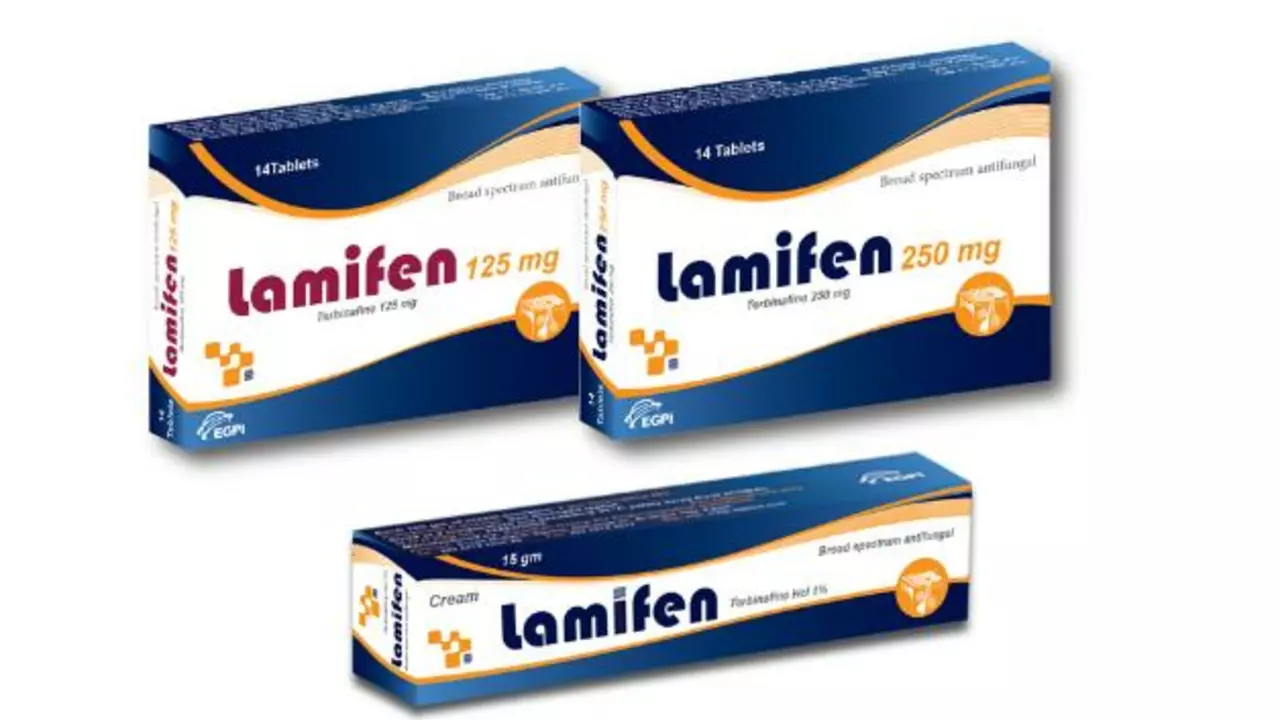Antifungal Medication: How They Help You Fight Fungal Infections
Fungal infections can be stubborn and uncomfortable, but antifungal medications give you a real chance to tackle them effectively. These drugs come in various forms — creams, tablets, and sprays — and each targets fungi that cause infections on your skin, nails, or inside your body. Understanding how antifungals work helps you use them better and get relief faster.
For example, Lotrisone cream combines an antifungal ingredient with a steroid to fight tough skin infections. The antifungal part directly kills or stops fungal growth, while the steroid reduces inflammation and itching. This combo makes it a popular choice for stubborn conditions, but careful use is important because steroids might cause side effects with long-term use.
How to Use Antifungal Medication Safely and Effectively
Using antifungal meds right is key. Always follow the prescribed duration; stopping too soon might let the infection come back stronger. Avoid sharing creams or pills with others to prevent cross-contamination or resistance. If you’re buying antifungal medication online, look for trusted pharmacies to avoid counterfeit products.
Some common questions pop up like, "Can I drink alcohol while on antifungal meds?" or "What side effects should I watch for?" Alcohol typically doesn’t mix well with many medications, so always check with your doctor. For side effects, mild skin irritation is a usual warning sign, but if you notice anything severe, reach out to your healthcare provider quickly.
When to See a Doctor and Looking Beyond Creams
If your fungal infection doesn’t improve after a few weeks of treatment, or if it spreads, time to see a doctor. Sometimes, oral antifungal meds are needed, especially for fingernail or toenail infections. These pills reach deeper than creams can and tend to be more effective in stubborn cases.
Also, antifungal drugs aren’t just for the skin. Some, like fluconazole, treat fungal infections inside the body that can get dangerous if ignored. That’s why it’s crucial to get proper diagnosis and treatment advice before starting any medication.
Remember, keeping your skin dry and clean helps prevent fungi from thriving. Simple habits, paired with the right antifungal medication, give you the best shot at clear, healthy skin. Got more questions or need personalized tips? Checking out trusted sources or chatting with a pharmacist can clear things up fast.

The History and Development of Butenafine as an Antifungal Medication
In my deep dive into the history of antifungal medications, I've found that Butenafine has played a significant role. Developed in the late 20th century, it's a synthetic compound that has proven to be extremely effective in combating various fungal infections. Its unique structure allows it to inhibit the synthesis of ergosterol, a key component of fungal cell membranes, hence stopping the growth of the fungus. Over the years, we've seen it evolve and improve, with increasing efficacy against a wider range of fungi. It's been a fascinating journey to uncover the story of this underappreciated medical marvel!